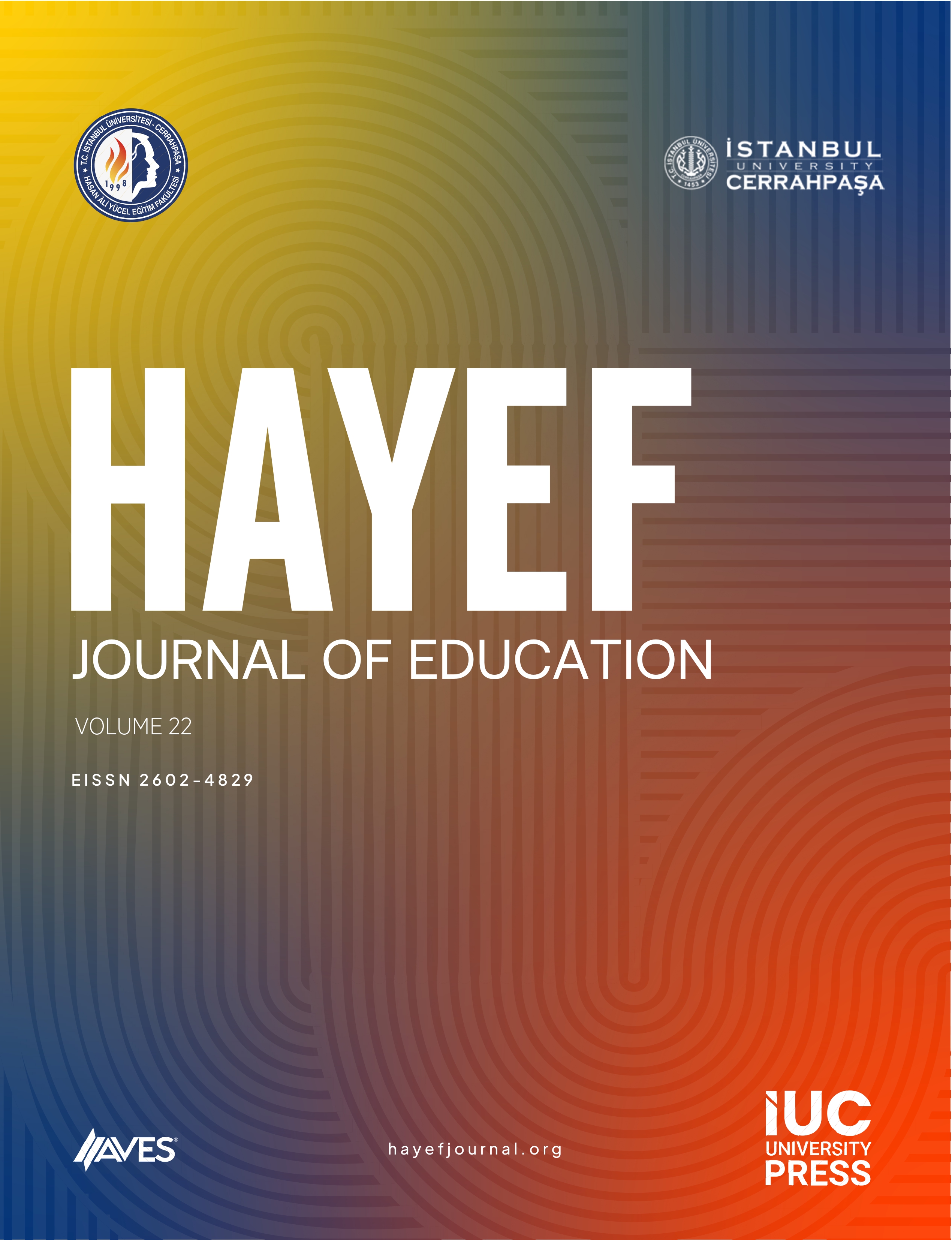Critical pedagogy claims that the school system serves as a screening tool to separate the talented from less talented. The screening tool function of the school is characterized as credentialism by some sociologists such as J.J. Macionis, g-centrism by some educators such as H. Gardner, and IQ’ism by some education economists such as S. Bowles and H. Gintis. The principle of “equal opportunity” in education, through the industrialization process, have replaced the traditional elitist education, however its effect have continued in “class”ification of liberal capitalism. Here the term “opportunity” refers to liberalism while the term “equality” refers to Marxism. However, Marxism claims that the idea of “equal opportunity” considers only the entry requirements of the educational system while neglecting the equalization of the whole process as well as its rationale. Currently, postmodernism on the one hand, confirms the signals that the inequalities will grow in the modern era especially through the effects of knowledge, ICTs and the information society, but disregards the issue of inequality. On the other hand, postmodernism prepared a ground for creation of new inequalities through the interaction and interrelation among economic, political and cultural fields. The old and the new determinant factor in this ground of inequalities is again education, as P. Bourdieu’s named as “cassock aristocracy”and as S. Bowles ve H. Gintis (IQism ve EQism)’s opinions in the field of economy; theories of consumer culture (P. Bourdieu, S. Ewen ve G. Lukacs’ın N. Elias, D. Chaney, W. Benjamin ve J. Urry M. Douglas ve B. Isherwood) from cultural field; and N. Chomsky (indoctrination macanism)’s and M. Foucault (eye of power)’s opinions converge here in this ground, as well. Therefore, it is expected that inequalities in education will continue to use new tools, and transform in the postmodern period, the causes of this transformation are analyzed in three subdimensions, and this analysis which has been discussed here, aims at diversifying the various solutions.



